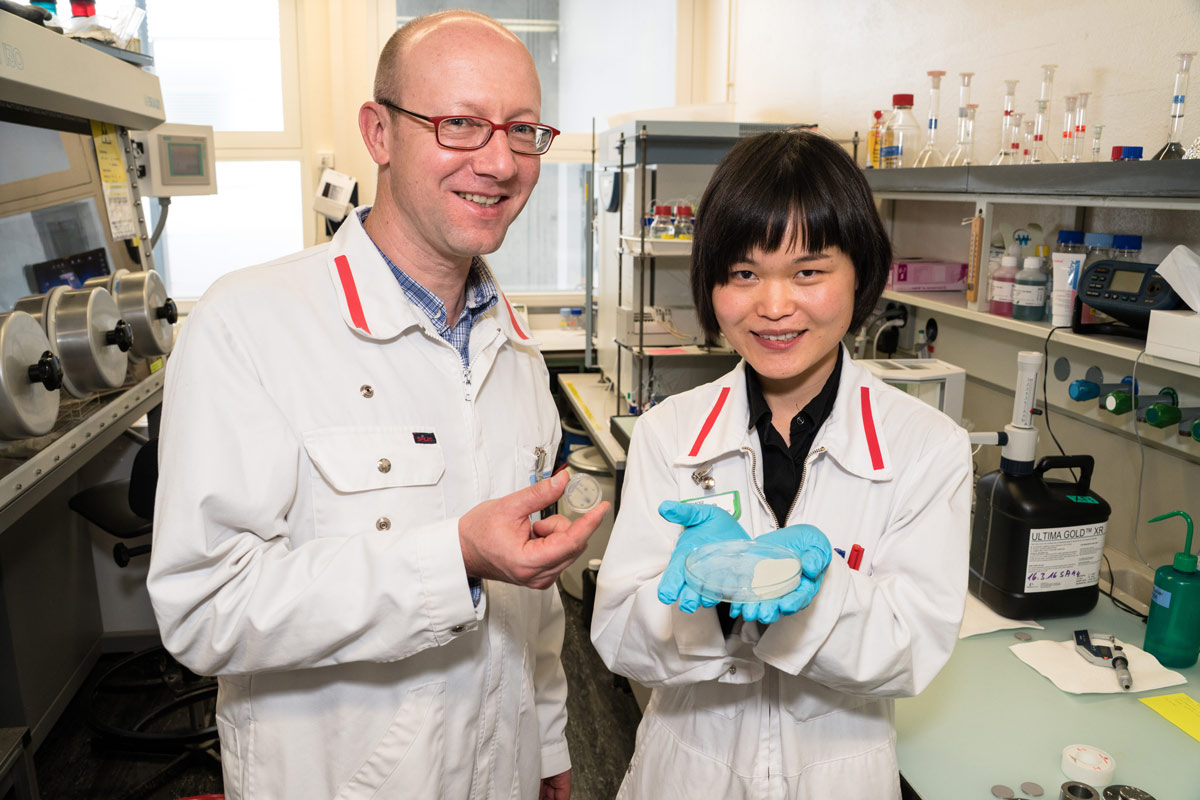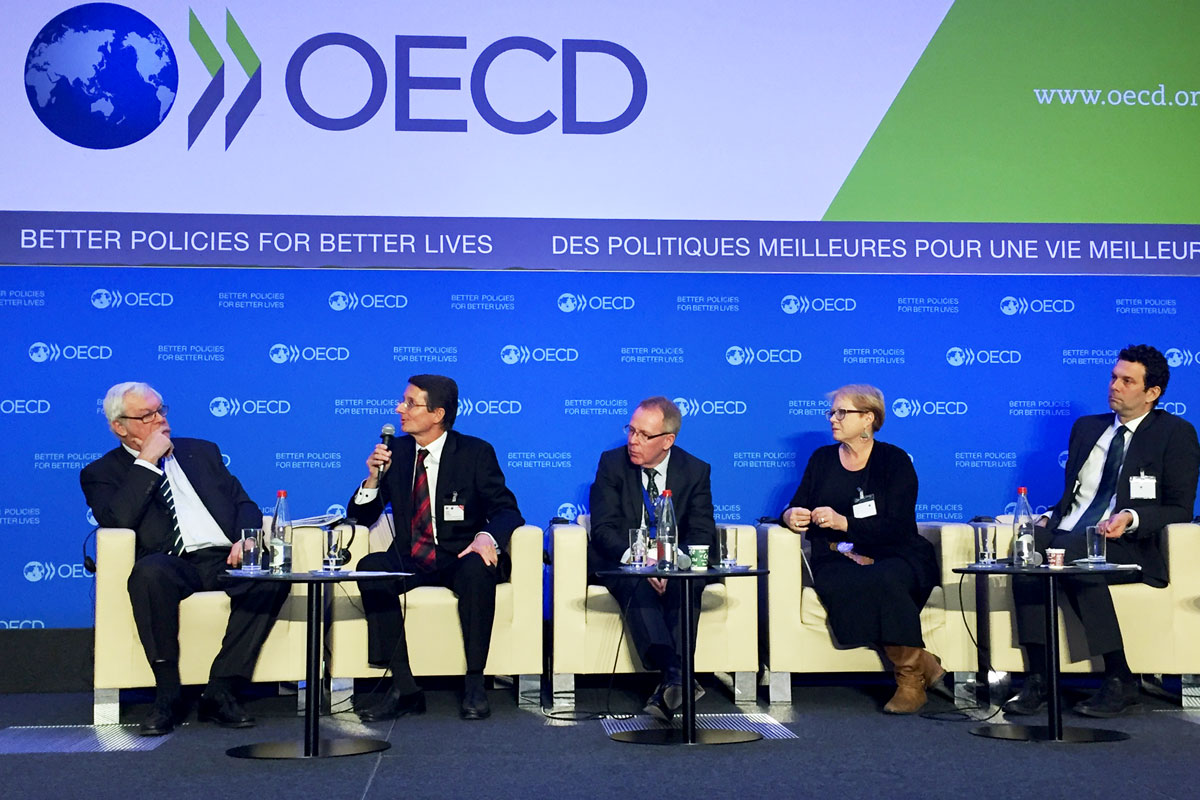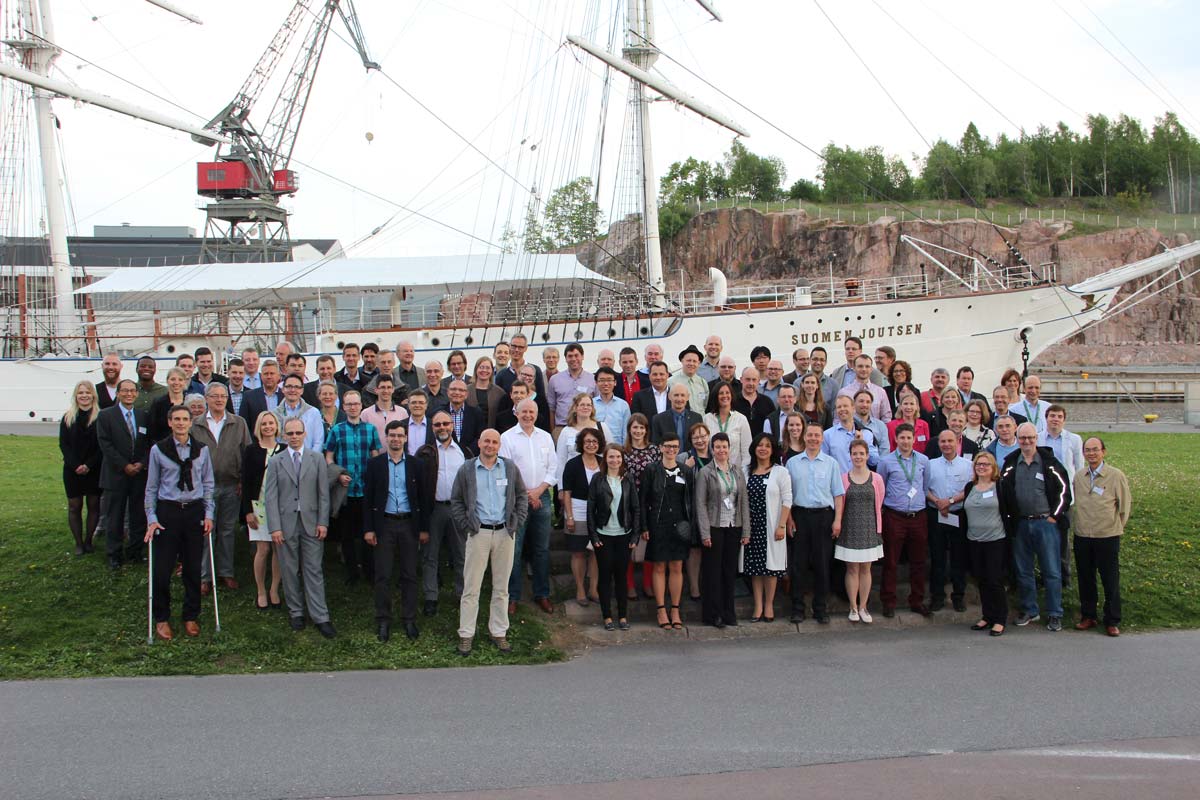The Chinese doctoral student Yanhua Chen works in the Laboratory for Waste Management (LES) at the Paul Scherrer Institute in Würenlingen. Her investigations – looking at the interaction of specific radionuclides with Opalinus Clay – are being carried out on behalf of Nagra. The Clay forms the natural barrier of a deep geological repository. Radionuclides migrate very slowly through the Opalinus Clay and if they interact with the clay minerals in the rock they are retained and migrate even more slowly.
Safety barriers retain radionuclides
«I am investigating the radionuclide C-14 that is incorporated into simply structured organic compounds such as carbonic acids and alcohols», says the young researcher. «These compounds are produced in a repository when C-14 is released as a result of corrosion of metals from nuclear reactors.» In the reactor, C-14 is produced from nitrogen through neutron irradiation during operation. Because radioactive C-14 has a half-life of «only» 5730 years, it can decay almost completely in the deep underground environment before it reaches the earth’s surface. «For this to happen, a small interaction between the compounds that contain C-14 and the Opalinus Clay suffices», explains Yanhua Chen. «I was able to show in my experiments that the simply structured organic compounds interact weakly with the Opalinus Clay and the clay minerals illite and kaolinite», she summarises. This is relevant for Nagra’s dose calculations that form part of the safety analyses. Dose calculations are used to show that the small additional radiation dose to the population from a deep repository consistently lies below the legally prescribed limit. «The values I have measured for the radionuclide C-14 will, after verification, potentially be included in Nagra’s dose calculations», says Yanhua Chen proudly.
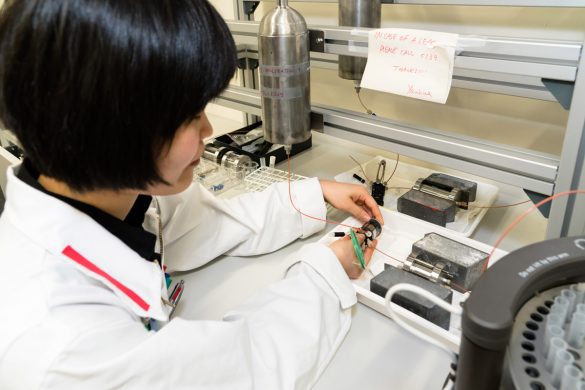
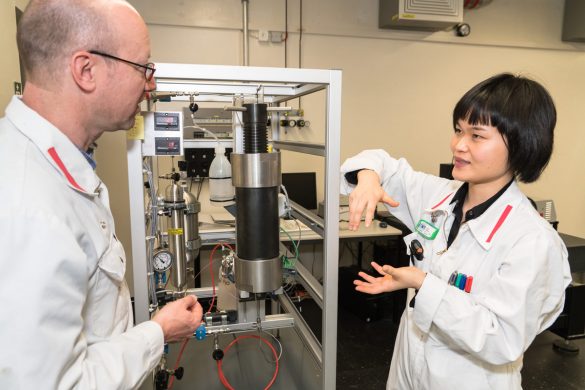
Understanding the context
The results are listed quickly but months of hard work lie behind this. Yanhua Chen had to design, construct and optimise two test installations for her experiments. «Before carrying out the experiments with the Opalinus Clay I had to take a step backwards», comments the researcher. In the first, relatively simple test installation she started by investigating the connections and then studied the interactions between the organic compounds and the pure clay minerals illite and kaolinite. Opalinus Clay was used only in the second test installation.
«In a potential continuation of the project, the nature of these interactions needs to be studied», says the student, who will shortly complete her doctorate work. «During my time in Switzerland I learned a lot about safety analyses. When I return to China I would like to use my knowledge there to contribute to the safe disposal of radioactive waste in my country.»
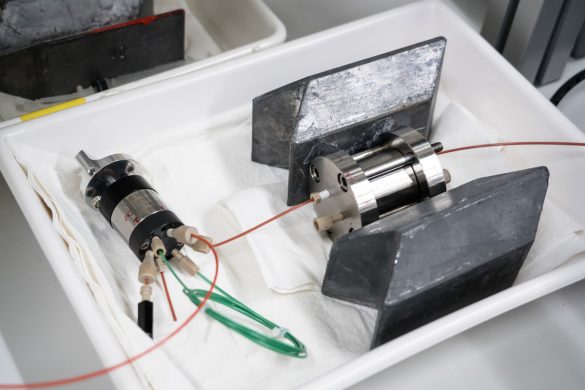
Visitor Centre psi forum
You too can experience research live – two offers are available. You can explore the Visitor Centre psi forum, with its interactive exhibits on your own, or sign up for a guided tour as part of a group.



